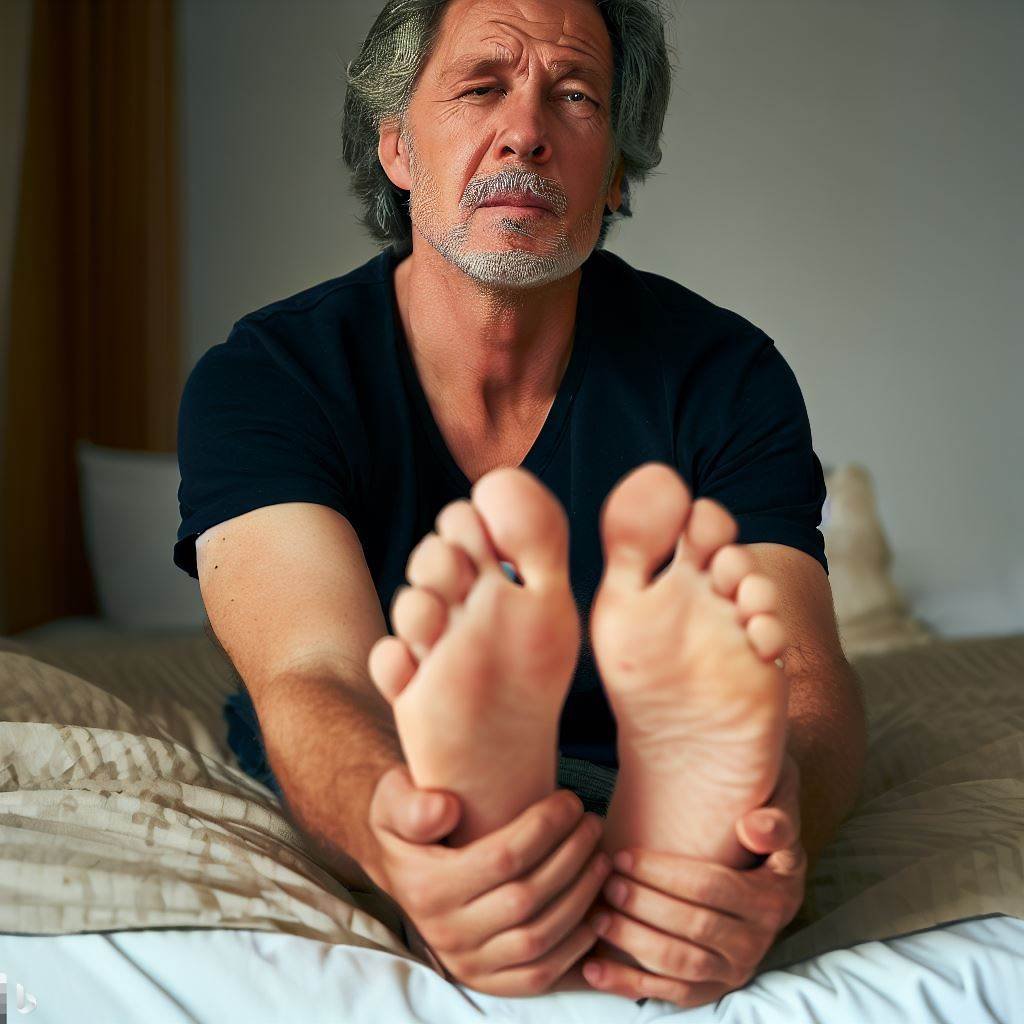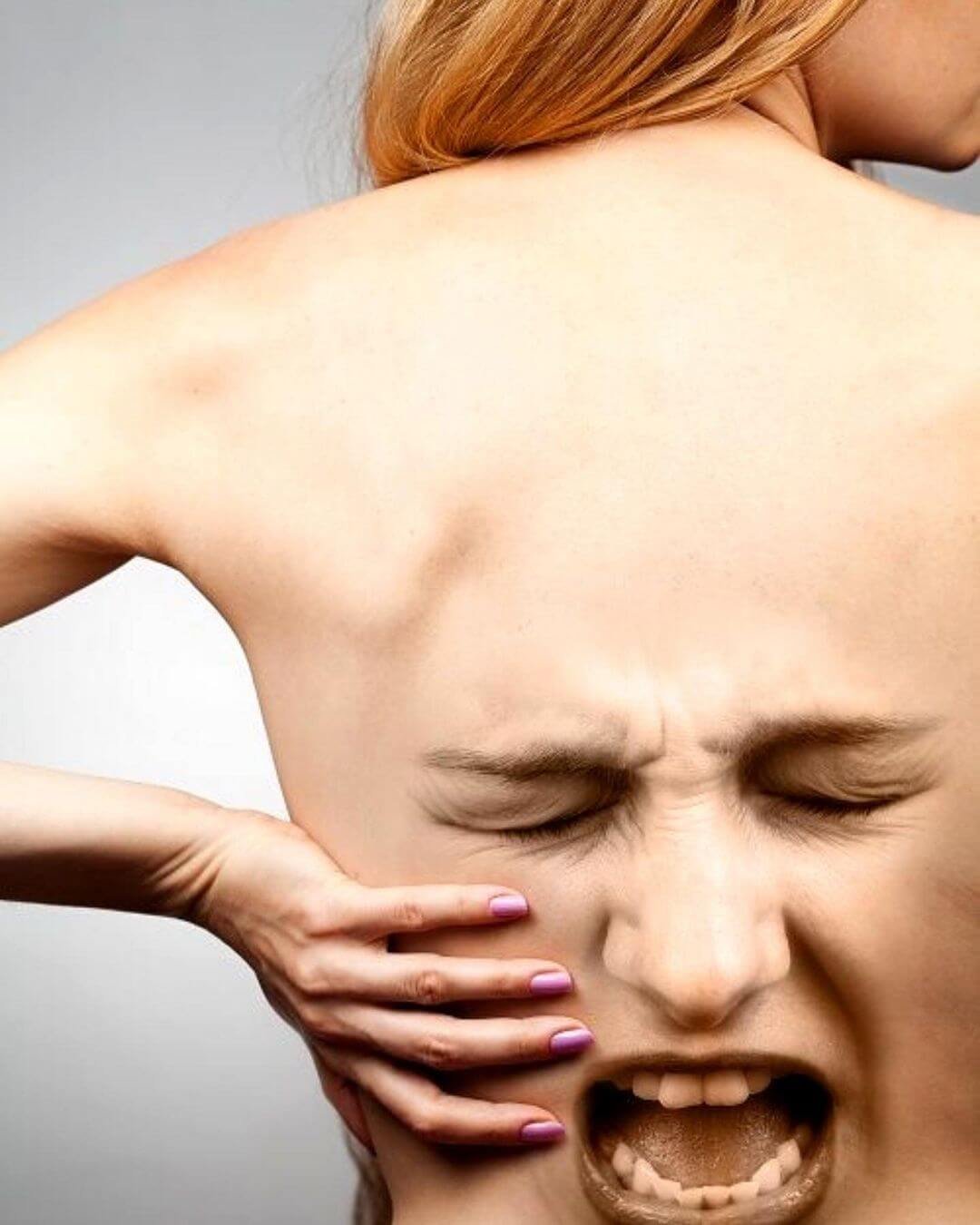Gout is a painful condition that affects the joints. It’s caused by high levels of uric acid in the blood. Learn more about gout, its symptoms, and how to prevent it.

Imagine you’re sleeping peacefully when you suddenly wake up with a sharp pain in your big toe. The pain is so bad that you can’t even move your foot. You try to get up, but the pain is unbearable. You try to go back to sleep, but the pain is so bad you can’t.
If you’ve ever experienced this, you may have had a gout attack.
Gout is an inflammatory disease that primarily affects the joints. It occurs when the uric acid level in the blood is above average (hyperuricemia).
Uric acid is a product of the breakdown of purines, substances in certain foods, such as red meat, seafood, beans, and beer.
When uric acid levels in the blood are high, it can build up in the joints, forming uric acid crystals. These crystals cause inflammation and pain in the joints.
Gout is more common in men and the risk of developing gout increases with age.
What are the symptoms of gout?
The main symptom of gout is severe pain in the joints. The pain is usually sudden and occurs at night.
The most commonly affected joints are the big toe, ankle, knee, and elbow.
Other symptoms of gout include:
Swelling in the affected joint
Redness (erythema) in the affected joint
Heat in the affected joint
Rigidity in the affected joint
Areas affected by gout
Gout can affect any joint in the body, but the most common areas are:
Toes, especially the big toe
Ankles
Knees
Elbows
Wrists
Spine
Hands
Shoulders
Consequences of not treating gout
If gout is not treated, it can lead to severe complications, such as:
Formation of tosevereich are deposits of uric acid crystals under the skin. Tophi can cause deformities in the joints and be painful.
Kidney damage, which can lead to kidney failure.
Heart disease, such as heart attack and stroke.
Recommendations for gout sufferers
Avoid foods high in purines, such as red meat, seafood, beans, and beer.
Avoid alcohol consumption.
Maintain a healthy weight.
Increase fluid intake.
Regularly exercise.
Conclusion:
Gout is a disease that can cause severe, debilitating pain. However, with proper treatment, it is possible to control the disease and prevent future attacks.
Tips for preventing gout:
- Follow a healthy diet that is low in purines.
- Drink plenty of fluids, especially water.
- Get regular exercise.
- Maintain a healthy weight.
- Avoid alcohol consumption.
If you think you may have gout, see a doctor. Early diagnosis and treatment can help prevent serious complications.




